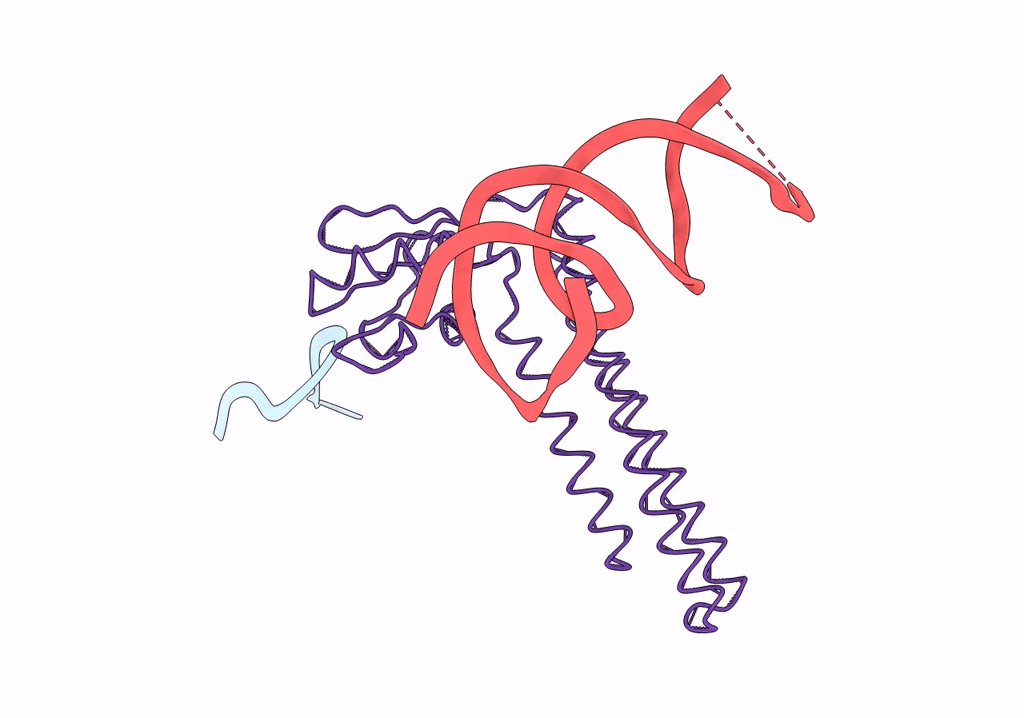
Deposition Date
2004-04-16
Release Date
2004-06-15
Last Version Date
2024-02-14
Entry Detail
PDB ID:
1T1M
Keywords:
Title:
Binding position of ribosome recycling factor (RRF) on the E. coli 70S ribosome
Biological Source:
Source Organism:
Escherichia coli (Taxon ID: 562)
Method Details:
Experimental Method:
Resolution:
12.00 Å
Aggregation State:
PARTICLE
Reconstruction Method:
SINGLE PARTICLE


